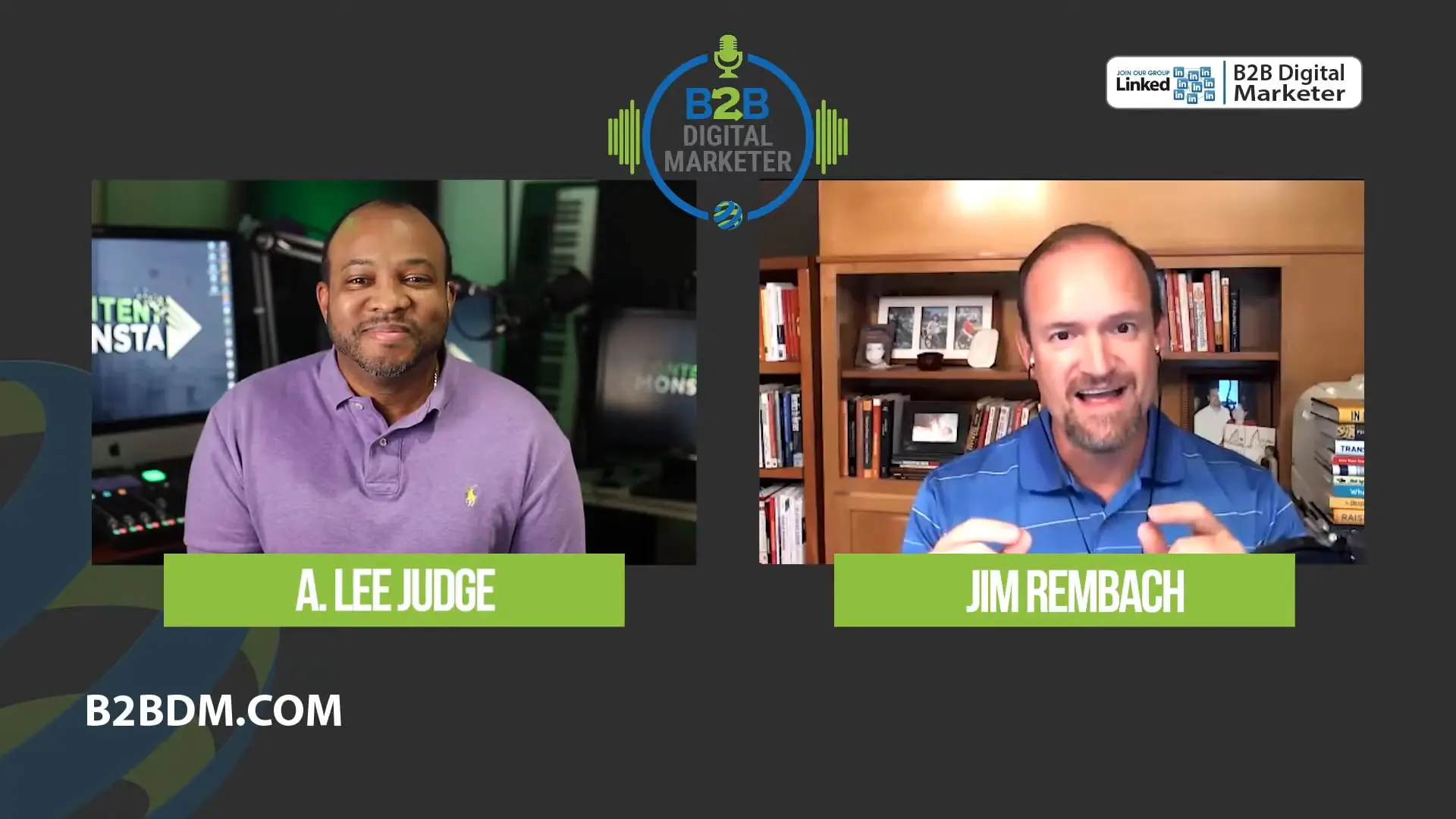[This article was originally published on Forbes.com]
As a content marketer, I am both a creator and a business person. The creator in me wants to employ the most creative and innovative techniques to accomplish an amazing new piece of art while maintaining the industry standards of the craft. The business person wants to make the most effective and efficient product to make the end-user happy. When it comes time to balance the two goals, one has to ask: How much does the creative process matter to the consumer?
This is something both business owners and the creative people within a business really need to put some thought into. Let’s talk about what happens when creators get romantic about the process and forget the business purpose.
As technology advances, so will the tools and resources available for you to create or manufacture the things your customer consumes. Technology is moving at lightning speed, which means that every day there will likely be a shiny new piece of equipment or software for you to apply to the creative process. This means that time can be taken up researching new technology, learning new methods or even waiting for the next version of something to come out.
This is a dangerous place to be, as it often slows us down. We get romantic about how we create those things and lose sight of how much that process matters to our consumer (if at all). It’s easy to lose sight of the end goal that we’re in business for in the first place.
If you are the business person, it’s time to put your creatives in check. If you are the creative, check yourself.
How It Goes Down
When it comes to falling in love with how something is done, this is how it typically goes down for those involved.
The Creator: “It must be made using these sets of skills or materials, or it isn’t authentic.”
The Business: “If the consumer wants it, just make sure it gets made!”
The Consumer: “I don’t care how it was made. I want it!”
My Experience
For most of my life, in addition to being an entrepreneur and marketer, I’ve been a professional DJ. During my time as a DJ, two major technology shifts rocked the industry. This is what happened:
• MP3s and laptops took over CDs and vinyl. DJs hated this and said it wasn’t “real DJing.”
• Innovative DJ companies that adopted the technology quickly scaled and did more business than ever.
• Consumers continued dancing to the music, unaware of the format or the technology that played it.
As a creative marketer, I’m tempted daily with shiny new equipment and online tools that serve to speed up the content creation process. When we apply this scenario to the creative process within a business, this is how it typically transpires:
• Master users of software suites and other standard tools get up in arms and are often slow to adapt, which may cause friction within the organization.
• Businesses that adapt up the ante to meet the speed of content consumption regardless of how it’s made.
• Consumers still respond to amazing creative content, ads, videos and other marketing content, having no clue or care how it was created.
Stop Creating For The Creators
Keeping with the DJ scenario, I’ve seen many DJs ruin a party the minute another DJ walks into the room. They begin pulling out all their cool tricks and cutting-edge skills (there’s a pun in there for you DJs). This results in partygoers stopping and looking up at the DJ as if the music stopped. The creator forgot about serving the end consumer and was more focused on the creative process.
The same happens with creators within a business. Web designers, video creators, graphic designers, audio designers, etc. can easily end up worrying about what other creators will think if they take actions to speed up the process and become more efficient — especially if this means using an unorthodox tool, method, or worse, a shortcut to the final result. They fall victim to falling in love with the process. That romance can hinder business’s productivity goals and impede the efficiency of providing what the end consumer wants.
As a creative and a business person, here are five rules that I’ve used to manage the balance between wanting to adopt innovative new processes and being an effective and efficient business leader:
1. In all actions, keep the end user or consumer in mind. What makes them happy? What do they care about the most?
2. Will the consumer be able to tell the difference between the creative methods available to you? If not, go with what’s most efficient.
3. Never create for other creators; they are not the consumer. Nine times out of 10 you will overdo the process or do unnecessary work for someone who is not your target.
4. Remember that you are creating for a business, not an art gallery or creative contest. The end goal is to sell something.
5. Above all else, keep in mind that a good-enough product delivered on time will always beat a perfect product delivered too late.
Whether you’re a creator or a business person, be aware of the technological advances in your creative processes, but don’t shoot yourself in the foot by being romantic about the process. It may only serve the purpose of slowing you down.



